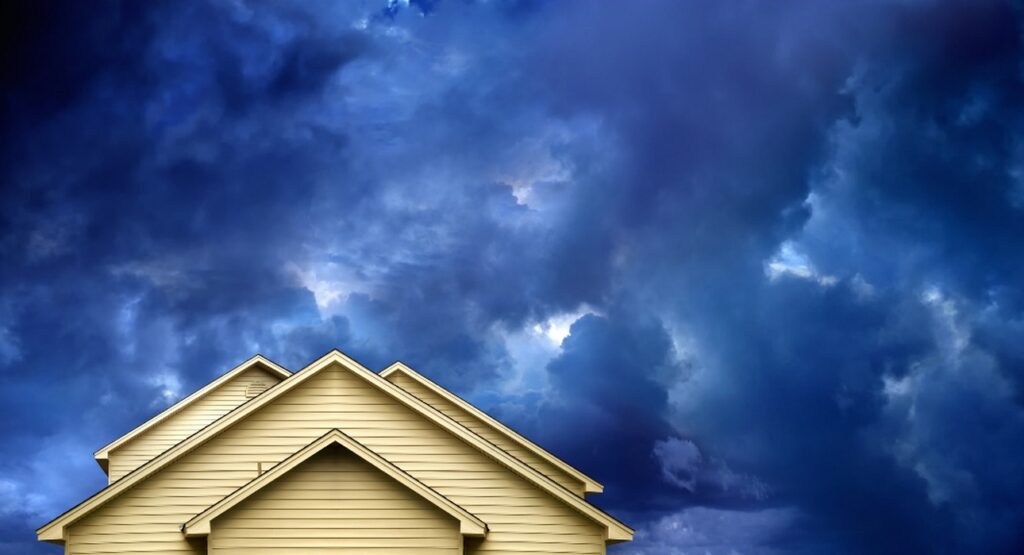Weather poses various threats to roofs, risking their durability and potentially leading to expensive repairs. This article delves into what to watch for after inclement weather, highlighting the importance of prompt storm damage restoration to preserve the integrity of your roof and safeguard your home from further wreckage.
Heavy Rains Can Cause Leaks, Rot, and Mold Growth
Intense rainstorms are common, as are sudden, localized squalls. Excess moisture from heavy precipitation can lead to:
- Mold, mildew, or algae: Dark growth on shingles signals trapped moisture. They can spread over time, degrading materials.
- Displaced or missing shingles: Strong rains can loosen nails, allowing sections to shift or fall. Any gaps leave the roof vulnerable.
- Rotting wood: Wet conditions spur decay in roof components like rafters. Weak sections must be replaced.
- Clogged gutters/lingering water: Debris fills rain gutters, blocking drainage. Pooled water also stresses structures.
Gusty Winds Can Rip Off Shingles
Shingles secured with extra nails may still get torn off by extreme winds. Watch for:
- Bald spots/exposed areas: Just a few missing shingles can lead to interior water damage.
- Curling shingle edges: Storm winds lift edges, straining remaining nails. Curled spots show further tearing is imminent.
- Shingle granule loss: The grit coating shingles erodes over time. Excess wind speeds the process, signaling aging.
Hail Can Put Holes in Shingles
As your roof’s first defense, shingles absorb the brunt of hailstone impacts. Signs of hail damage include:
- Visible punctures/fractures: Hard hail leaves clear markings on soft shingles. Inspect all over for holes.
- Loss of grit coating: The protective granule layer chips away, exposing the porous shingle base to water.
- Spongy shingle texture: Dense hail collisions crush shingle fiber mats, permanently damaging their integrity.
Ice Dams and Snow Can Burden Roof Structures
Heavy snow or ice buildup stresses roof components. Watch for:
- Ice dam formation: Heat escaping the attic melts snow on the roof. The runoff refreezes at the cold eaves, blocking drainage. If left unchecked, ice dams can cause interior leaks or structural collapse under the accumulated weight.
- Damaged gutters/downspouts: Rapid snowmelt and freeze/thaw cycles can bend or detach rain gutters from the fascia boards. Promptly reattach any loose sections.
- Sagging rafters: The roof’s internal supports bow under the added snow and ice burden. Drifted snow topping 20 inches requires removal to avoid permanent beam deflection.
Contact Our Storm Damage Restoration Specialists
With All Exteriors, you’re never alone in the aftermath of a storm. You can count on us to repair storm damage and handle insurance claims on your behalf. Contact us today for exterior home renovation services to help protect your home in Maryland or Delaware.

